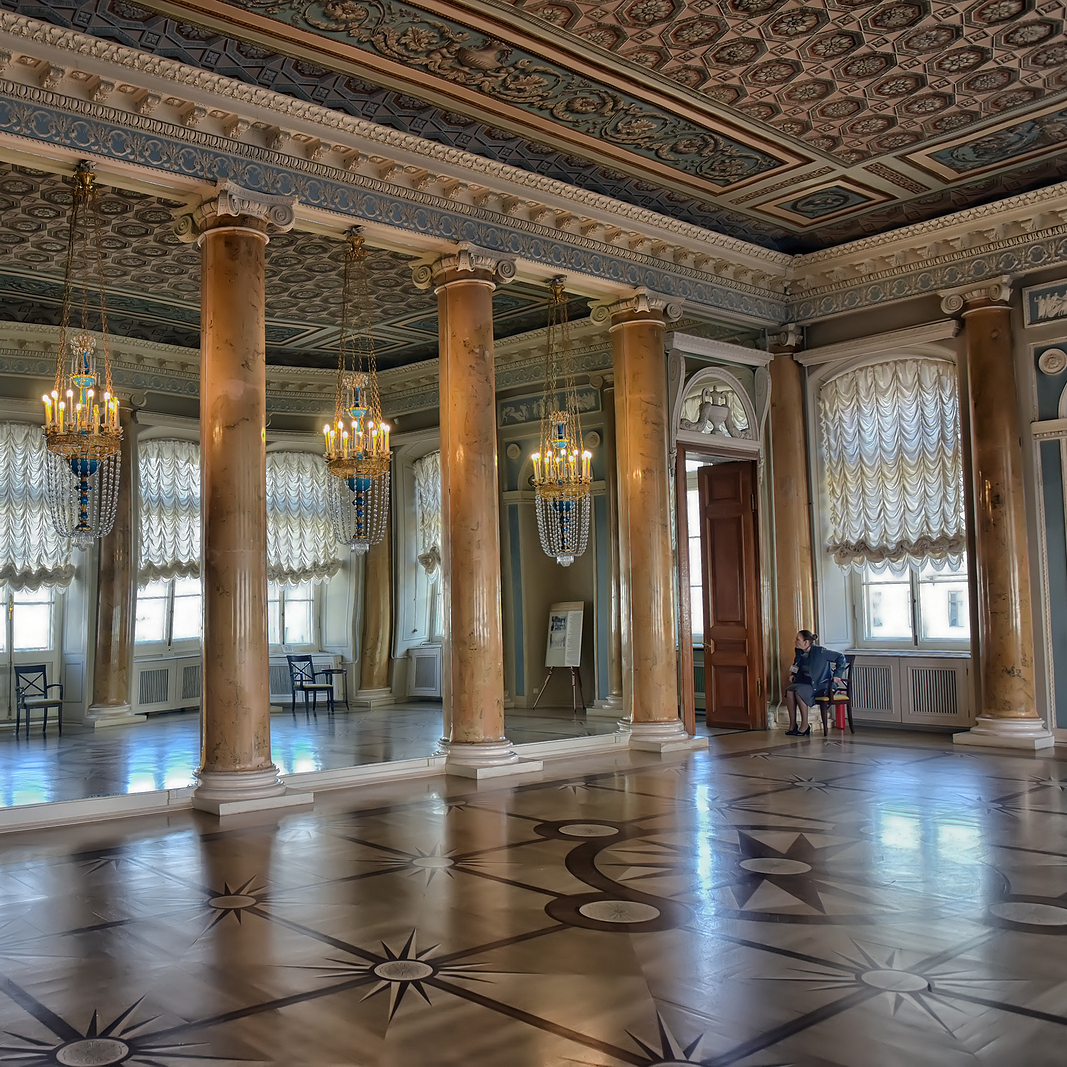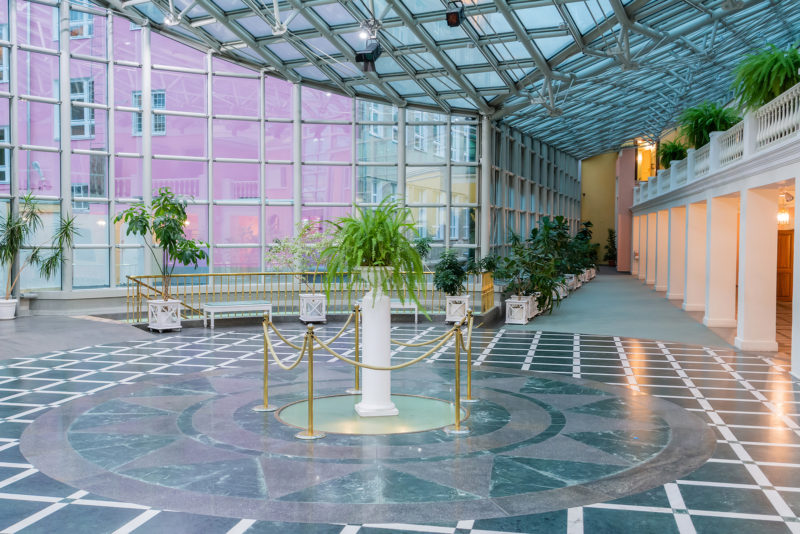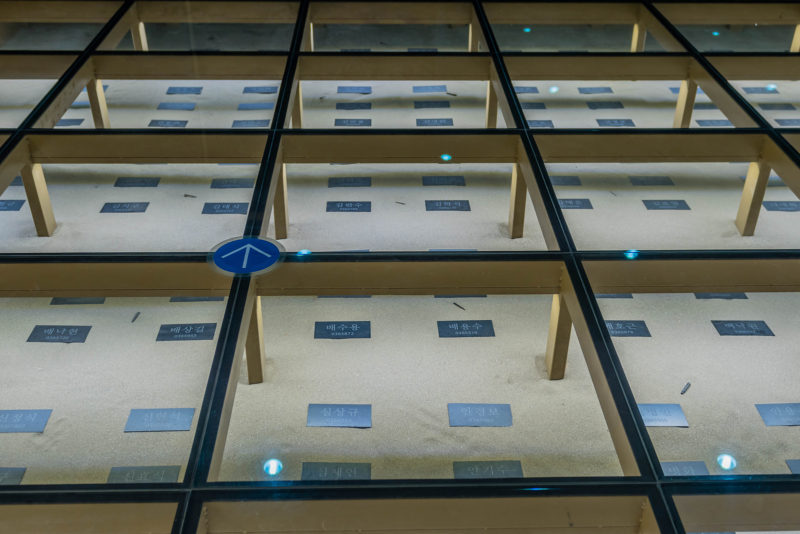
When visiting museums, people instinctively look at the works of art in front of them without the slightest suspicion that there is art right under their feet. Museum-goers, however, know that the floor is an integral part of any museum exhibition that adds character to the space but also affects visitors’ moods. What role does museum flooring play, and what challenges do art institutions experience in this regard? Let’s find out!
Types of Museum Flooring
Different museums mean different flooring. There is no universal formula for that, as every institution is special and requires an individual approach. Depending on the type of museum, the following materials are used:
Epoxy (resin): resin floor is a versatile and high-end solution that allows you to effectively combine colors and change the degree of opacity in a room. Not only is it stylish but also durable as it is mixed with concrete to give the floor desired firmness.
Marble: arguably the most elegant material used for museum flooring, marble is an all-time classic that you can find in most of the world’s best art museums. Simply put, it is exquisiteness doubled by longevity.
Parquet & hardwood: these are some other popular choices of flooring in museums. The only noticeable difference between parquet and hardwood is the size of the planks and blocks. While parquet adds geometric shapes to a space, hardwood can make it look plainer and bigger.
Glass: glass museum flooring is a pretty unusual and still unpopular choice, but it looks as impressive as it sounds. It is usually used in concert with other materials such as ceramics and wood. Apart from aesthetic qualities, glass is also useful as protection enhancing original flooring.
LED: to highlight objects inside a space or even create paths, designers use LED flooring. Contrary to popular belief, it is not that easy to damage. Those LED tiles are pretty solid and can be replaced or fixed without much effort. Besides, they are a crucial part of light installation art.
The Biggest Flooring Challenge
The biggest museum flooring challenge so far is to match the materials of a floor and its finishing with the type of museum. For example, designers wouldn’t choose the same types of floors for children’s museums, art museums, and historical museums. Their nature, focus, and atmosphere are different, and if you fail to opt for the right one, you can create an imbalance and disharmony that will affect the visitor experience.


